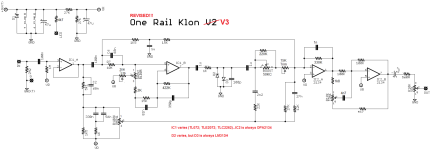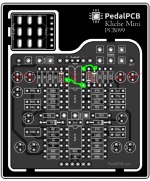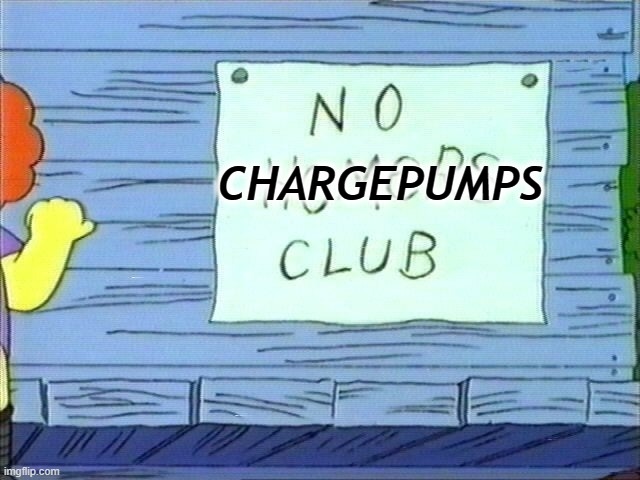The Klon uses 27V only on the last 2 IC stages, mind you!
The input buffer and gain stage run at 9V, and if I had to guess (but also speaking from experience with charge-pumped circuits) I'd say it is so that the gain stage can saturate as you turn up the gain and you don't only get empty-sounding diode clipping, especially as that the germanium diodes would saturate quite early. Considering the story how the Klon was designed, I'd bet if Bill Finnegan wanted the gain stage to have more than 9V, he would have made it so and there's also good reasons to run the later stages at higher voltage, as in those you want CLEAN amplification and tone shaping despite the huge volume boost the circuit is capable of.
Other than splitting up the buffer and gain stage so you could run the buffer also at higher voltage (e.g. single-op amp for gain, JFET for input buffer), I see no real benefit in messing with the Klon charge pump power supply.
Nevertheless, it's easy to rework a Klon to single supply, just ditch the protection zener diode, charge pump with all diodes and extra electrolytic caps, jumper the 9V and 18V rail on any Klone PCB and connect -9V to ground. As far as I'm concerned that will do the trick. (see attachment on how to massacre your horse).





